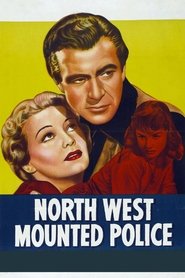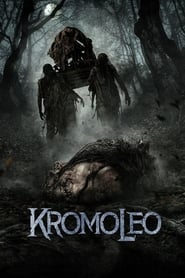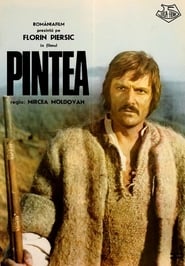
Video Sources 18 Views Report Error
Synopsis
Deep in a remote Irish village, where mist cloaks the fields and secrets crawl among the ancient stones, a man marked by his past searches for redemption. His name is Finbar, a solitary figure wounded by the mistakes of a lifetime spent committing acts that left scars not only on his soul, but also on those around him. This is the starting point of a story that explores not only the inner struggle of a broken man, but also the very nature of forgiveness, guilt, and redemption.
Finbar is not a traditional hero. He does not seek glory, nor does he try to cleanse his name in the eyes of the world. His battle is quiet, intimate, and deeply personal. After years of carrying the weight of guilt and choices that cannot be undone, something—or someone—forces him to confront what he once tried to bury. But in a place where sins never truly disappear, and where the wounds of the past still bleed beneath the surface, redemption is more than a desire: it is a sentence.
The Irish village where this story unfolds acts as a character in its own right. With its rugged beauty, its isolation, and its people hardened by tradition and time, the setting reflects Finbar’s internal conflict. Here, the line between saints and sinners is blurred; everyone has something to hide, and some sins simply cannot be forgiven. Silence hangs heavy, gazes pass judgment, and each step toward redemption becomes an act of defiance against a community that never forgets.
Original title In the Land of Saints and Sinners
IMDb Rating 6.4
TMDb Rating 6.521 458 votes
Director
Director
Cast
Finbar Murphy
Doireann McCann
Vincent O'Shea
Kevin Lynch
Robert McQue
Sinead Dougan
Curtis June
Conan McGrath
Seamus McKenna
Rita Quinn
Hasan Bello

























